NCAA, College Football
Ball State vs Kent State – Game Preview & Watch Guide
Ball State vs Kent State kicks off midweek, and you’ll get the channel/stream by region, start time, and a few plain-English cues—explosives, red-zone finish, and pass rush—that usually swing the score. Skim now, enjoy the game, and if you’re hosting, add a light game-day touch from FlagOh.
How to Watch Ball State vs Kent State
Here’s how to watch Ball State vs Kent State —TV, live stream, and radio options for the U.S., Canada, and Europe—plus setup tips so you’re ready before kickoff.
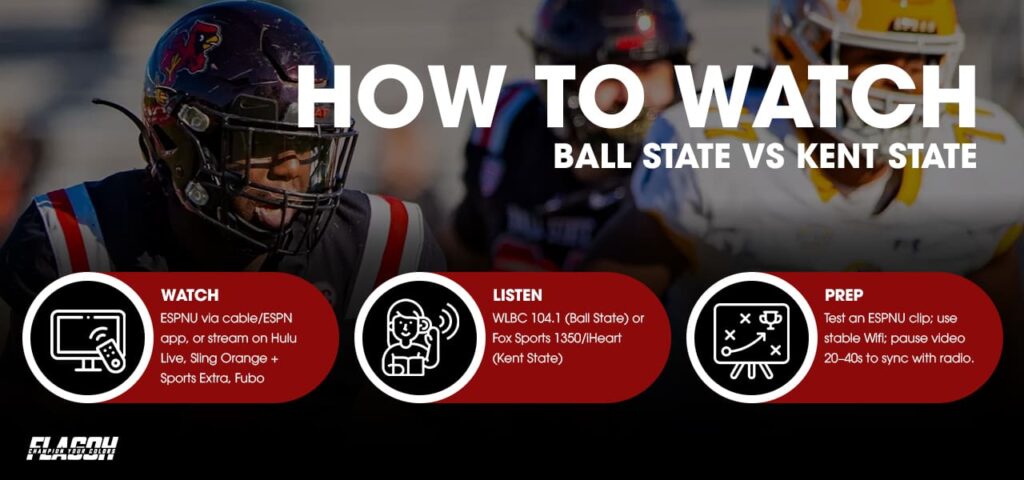
TV & Live Stream
- App delay: Expect streams to trail cable or satellite by 20 to 60 seconds.
- DVR safety: Add a cloud DVR or use Start From Beginning when available. Live sports can run long — add extra time.
- Concurrent screens: Check how many devices your plan allows to avoid mid-game lockouts.
- Casting and logins: AirPlay and Chromecast work on most sets. Hotel or campus Wi-Fi portals can block casting; use the ESPN app on the TV or a direct HDMI cable.
- If traveling in Canada or Europe: If your guide does not list the game by matchup title, search by ESPNU or the provider’s college football slate.
Radio & Audio Options
- Pregame: Local crews usually go live 20 to 30 minutes before kickoff.
- Smart speakers: Try “Play WLBC” for Ball State or “Play Fox Sports 1350 on iHeartRadio” for Kent State.
- Coverage: AM carries far at night; apps are the simplest option outside local range.
- Data use: Audio is light, roughly 60 to 90 MB per hour.
- Latency: AM/FM is near real-time; app audio can trail 30 to 60 seconds
Kickoff Time & Game-Day Tips
- Playback test: Open any ESPNU clip to verify audio and video, then return to the game tile.
- Stable connection: Use Wi-Fi or Ethernet; aim for 10 to 15 Mbps. Turn off VPNs if the stream stutters.
- Reduce lag: Drop from 1080p to 720p if needed; disable HDR on older TVs.
- Captions and audio: Enable captions; try alternate audio if offered.
- Sync radio with TV: Pause the video for 20 to 40 seconds to align commentary.
- Backup: Bookmark the radio stream and note your ESPNU channel number.
- Device prep: Update the ESPN app and TV OS, charge devices, and keep an HDMI cable handy.
If plans change near kickoff, recheck listings or switch to the radio stream—it’s simple and reliable. And if you’re hosting friends, a clean game-day setup (snacks, seating, and one bold team from FlagOh) makes the watch feel like a mini stadium.
Series History and Why It Still Matters
For Kent State vs Ball State, the story isn’t just numbers—it’s timing, coaching choices, and how each venue changes communication and momentum. This section sums up those patterns so you know what kind of game to expect before the first snap.
- Short-week chess, first-15 plays: With compressed prep on midweek dates, both staffs lean on a tightly scripted opening 10–15 plays; expect a couple of set-ups that tee up later counters (same look, different result) rather than wholesale new playbooks.
- Coaching-tree overlap: The MAC is a small world; assistants often cycle through peer programs, spawning “mirror concepts” (similar ideas from different formations), so the edge comes from timing and window dressing more than surprise.
- Quarterback class cycles: Runs of success in this series often track with multi-year starters; when one side has continuity under center, two-minute operation and at-the-line checks are cleaner—and it shows late in tight games.
- Halftime pivots, not overhauls: Past meetings rarely flip on a brand-new scheme after the break; watch for re-sequencing (calling the same families earlier in the count) and personnel toggles (extra TE or a bigger slot) to stress matchups revealed in the first half.
- After-timeout strikes: Extended TV breaks in MACtion create windows for “after-timeout” shot calls that target field position or coverage rules.
- Sideline communication culture: Different staff handle noise and pace with different tools—some prefer wristband call numbers, others rely on bundled hand signals—and those choices affect cadence on key downs.
Track how scripted openers turn into counters, then watch fourth-down choices, penalty discipline, and two-minute execution—history says those levers tilt this matchup fastest. Set the scene at home with a simple watch-party setup—and a clean team flag from FlagOh if you want a subtle game-day touch.
Odds & Injuries That Move This Line
As Ball State vs Kent State approaches, markets gravitate to key numbers (3, 7) and mid-40s totals; late injury/weather is the primary driver of last-minute moves.
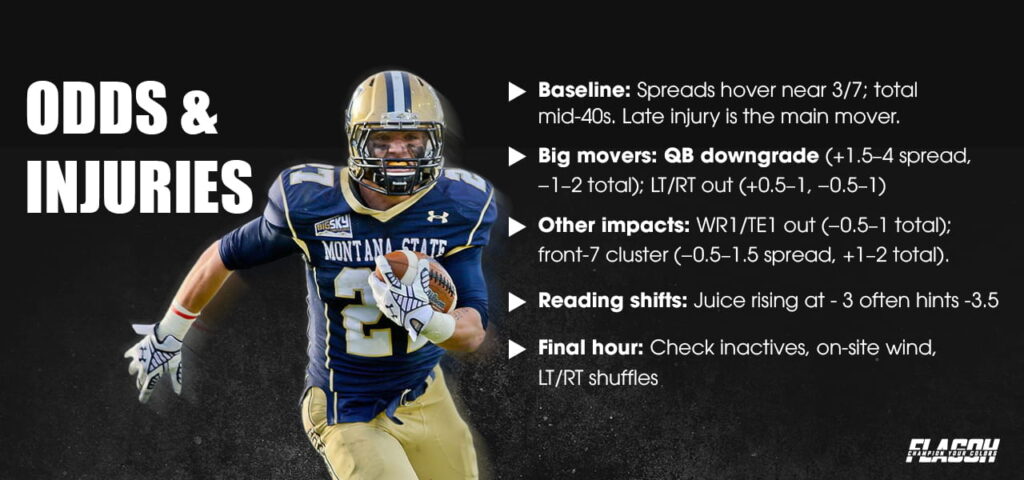
Spread and Total Impact
| Trigger | Typical Spread Impact | Typical TotalImpact | Why it matters |
| QB downgrade | +1.5 to +4.0 pts | −1.0 to −2.0 pts | Accuracy, reads, and 3rd-down conversions drop; playbook trims. |
| LT/RT (left tackle/right tackle out) | +0.5 to +1.0 pts (to opponent) | −0.5 to −1.0 (wind amplifies) | Protection stress raises sacks/pressure, suppressing shots. |
| WR1/TE1 out | +0.5 to +1.0 pts | −0.5 to −1.0 | Fewer high-leverage throws; more screens/checkdowns. |
| Front-7 cluster injuries | −0.5 to −1.5 pts | +1.0 to +2.0 | Easier early-down gains, cleaner red-zone looks. |
| Wind 15–20 mph | — | −2.0 to −4.0 | Deep balls and long FGs lose value; shorter fields matter more. |
| Heavy rain/snow | — | −1.0 to −2.0 | Ball handling/footing reduces the explosive rate. |
Ranges are directional guides; market context and matchup specifics matter.
How to Read the Market
- Open → limits → close: Early numbers can be soft; as limits rise, late moves often reflect sharper money or confirmed statuses.
- Juice tells: If a spread sticks at −3 but the favorite’s price rises (−115 → −120), books may be shading toward −3.5.
- Buyback zones: Moves off 3 or 7 frequently invite the other side; fast snaps back to the key often signal buyback.
Injuries That Move the Line
- Quarterback decided at the last minute (game-time decision): If the starter’s status isn’t known until warmups, the point spread can move 1.5–3.0 points. If his mobility or arm strength looks limited, sportsbooks often lower the total by ~1–2 points.
- Strong edge rusher plus the No. 1 cornerback both in the lineup: Consistent pass rush + a top cover corner reduces deep, explosive passes. Totals tend to lean lower even if the spread barely changes.
- Running backs and pass protection (not just rushing): Losing a primary ball-carrier rarely shifts odds. But if the best pass-blocking back is out, offenses usually call fewer deep throws and lean on quick passes—this can nudge totals down.
- Kicker field-goal range: In wind or cold, a shaky kicker shrinks the makeable distance, which often leads coaches to go for it on 4th down more and trims expected scoring, pressuring the total slightly downward.
Final Checks an Hour Before Kickoff
- Inactives & warmups: Who’s in uniform? Watch QB velocity, OL footwork, and WR burst.
- Wind on site: Stadium bowls/gaps can turn forecasted 10–12 mph into 15+ at the field level.
- OL combinations (offensive line lineup combinations): Any last-minute shuffle at LT/RT (left tackle/right tackle) is a real-time downgrade to protection.
- Kicker distance: Track warmup range (both directions); short range pushes coaches to go on 4th/short.
Odds will settle around key numbers unless late injuries or weather force a shift—so recheck prices and statuses about 60–90 minutes before kickoff. Read movement, don’t chase it, and wager responsibly. If you’re dressing the watch space, a clean team flag from FlagOh adds a subtle game-day finish without the noise.
Matchups and Key Players That Shape Drives
In Ball State vs Kent State, the game swings in the trenches and on a few well-timed shots. Use this section to see how each offense can create leverage—and how the opposing defense can steal downs—without getting lost in jargon.
Ball State Offense vs Kent State Defense
- Run game: Inside zone and duo on early downs. If Ball State hits 4 to 5 yards on first down, play-action opens the seams.
- Pass game: Quick game first, then seams and glance off RPO. Use chips and occasional max protect if pressure wins.
- Situations that swing drives: 3rd-and-medium (4–6): mesh/crosser vs man, speed-outs vs off coverage.
- Inside the 10: TE leak or RB angle when LBs commit to the run. If KSU gets pressure without blitzing, expect Ball State to pivot to screens and bootlegs/rollouts.
Kent State Offense vs Ball State Defense
- Build the deep shot: After establishing quick throws, use play-action/switch-release with seven-man protection to target slot fades and timed double-moves.
- When runs stall: Treat bubbles, speed screens, and quick outs like handoffs to stay on schedule.
- How Ball State slows it: Play light boxes on early downs, rally and tackle, then rotate late to trap shots over the top.
On-schedule runs and seam hits tilt it to Ball State; two protected deep shots swing it to Kent State—watch 3rd-and-medium and how fast safeties trigger.
Prediction & Metrics That Decide the Game
Kent State vs Ball State prediction: Watch four live tells—early-down success, explosives vs pass pressure, red-zone finish, and tempo. If two or more trends go the same way, you’ll know whether it’s tightening into a field-position grind or opening into a higher-scoring game.

Modeled Score Range & Confidence
We weigh season baselines and recent trends, factor in injuries and wind, then map three likely scripts:
- Control script: Tight, field-position game with limited explosives; combined total in the low–mid 40s, one score either way.
- Swing-play script: A couple of deep shots or short fields flip momentum; total creeps into the mid–40s.
- Track-meet script: Faster tempo and red-zone touchdowns stack up; combined total approaches the low 50s.
Head-to-Head Trends
Use this quick-read table to translate recent H2H patterns into something useful for today.
| Trend to watch | Why it matters | What to check live |
| Explosive pass rate | Deep hits swing this matchup more than raw yardage | 20+ yard completions; DPI flags acting like explosives |
| Red-zone TD% | 7–10 points over 3–4 trips | Inside-10 play-calling (TDs vs FGs) |
| Pressure vs protection | Sacks kill drives; clean pockets create chunk plays | Pressure without blitz; 3rd-and-long conversions |
| Hidden yards | Punts/returns shift expected points | Net punt avg; fair-catch vs return; KO touchbacks |
If two of the four trends lean offense (explosives + RZ TDs), you’re tracking toward a higher combined total. If they lean defense (pressure + punts), the control script is winning.
Efficiency & Tempo
These signals explain how drives are won, beyond raw yards.
- Success Rate (SR): Focus on early-down SR and the gap between teams; a steady +5–7 pts edge usually sustains scoring.
- EPA/play (Expected Points Added per play): “How much did each snap help or hurt scoring chances?” Track consecutive positive-EPA plays in a drive (2+ = rhythm); negative EPA on 3rd down flags stalled series.
- Neutral-situation pass rate (NSPR): 1st/2nd-down pass rate outside hurry-up and with win prob ~20–80%; higher NSPR = trust in QB/WRs before 3rd down.
- Finishing drives: points per trip inside the 40.
Instead of only red-zone %, check PPT40 (average points when a drive reaches the opponent’s 40). Rough guide: ≥4.0 strong finishers, ~3.5 average, <3.2 leave points. - Three-and-out rate: <20% = healthy offense; >30% = defense forcing quick punts.
- Tempo tells (seconds per snap): ≥27s slow/control, 24–27s neutral, ≤23s fast; quick snaps after a first down can freeze substitutions and boost SR.
- Possession math (big-picture): Baseline ~12 drives/team; up-tempo & clock stops push 14–15, grindy in-bounds play sinks 10–11—more drives = more variance & more chances for explosives to matter.
Information is for guidance only. Wager responsibly and follow local regulations. If explosives and red-zone TDs outpace pressure and punts, expect the higher-scoring path; if not, it’s a field-position grinder. Recheck statuses about an hour before kickoff, keep an eye on success rate/EPA while you watch, and if you’re hosting, add a simple game-day touch with a team flag from our store.
FAQs About Ball State vs Kent State
Channel, start time (ET/CT/GMT), streaming options, odds, rivalry snapshot, weather, starters, and radio.

Which channel airs the game today?
When does the game start (ET/CT/GMT)?
7:00 PM ET (6:00 PM CT / 00:00 GMT Thu).
How can I stream it without cable?
Use a live-TV streaming service that carries ESPNU (e.g., Hulu + Live TV, Sling Orange + Sports Extra, Fubo, DirecTV Stream).
Who’s favored, and what are the spread and O/U?
As of Nov 1: Ball State -3.5, Total 46.5 (FanDuel). Lines move—check again on game day.
What’s the head-to-head record?
Ball State leads 24–8 all-time; current streak W3.
What’s the weather forecast at kickoff?
Forecast around 54°F / 12°C, Cloudy at kickoff.
Who are the starting quarterbacks?
Depth charts can change late; confirm an hour before kickoff via team links and game notes.
Is there a radio broadcast?
Yes. Ball State: WLBC 104.1 FM (pre/post WMUN 92.5/1340). Kent State: Fox Sports 1350 AM and the iHeartRadio app.
Details can change close to kickoff—refresh listings and injury notes about an hour before game time. Keep a backup plan: save the radio stream and your TV provider’s ESPNU channel number.
TV/stream listings and radio affiliates verified via official provider and team pages; odds referenced from a major U.S. sportsbook (checked Nov 1, 2025, ET; lines move); weather checked on a national forecast service the same day. Definitions of EPA/SR/Explosives follow standard football analytics usage. You’ve got the essentials to enjoy Ball State vs Kent State: Where to watch, what actually swings the score (explosives, red-zone finish, pass rush), and how each side can tilt the field. Use the three game scripts to read the flow in real time, skim injuries an hour before kickoff, and you’re set. If you’re hosting, add a clean game-day touch with a bold team flag from FlagOh — then settle in and enjoy the show.

 Arizona Cardinals Flag
Arizona Cardinals Flag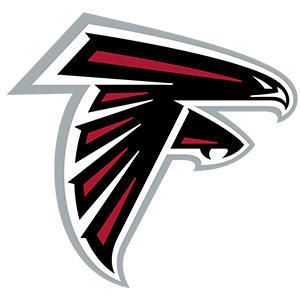 Atlanta Falcons Flag
Atlanta Falcons Flag Baltimore Ravens Flag
Baltimore Ravens Flag Buffalo Bills Flag
Buffalo Bills Flag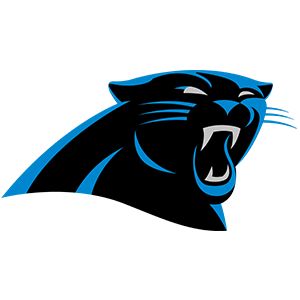 Carolina Panthers Flag
Carolina Panthers Flag Chicago Bears Flag
Chicago Bears Flag Cincinnati Bengals Flag
Cincinnati Bengals Flag Cleveland Browns Flag
Cleveland Browns Flag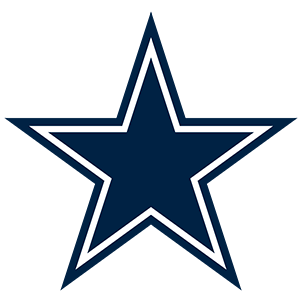 Dallas Cowboys Flag
Dallas Cowboys Flag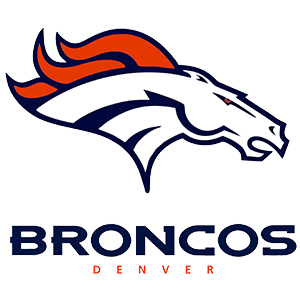 Denver Broncos Flag
Denver Broncos Flag Detroit Lions Flag
Detroit Lions Flag Green Bay Packers Flag
Green Bay Packers Flag Houston Texans Flag
Houston Texans Flag Indianapolis Colts Flag
Indianapolis Colts Flag Jacksonville Jaguars Flag
Jacksonville Jaguars Flag Kansas City Chiefs Flag
Kansas City Chiefs Flag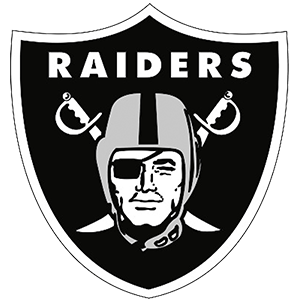 Las Vegas Raiders Flag
Las Vegas Raiders Flag Los Angeles Chargers Flag
Los Angeles Chargers Flag Los Angeles Rams Flag
Los Angeles Rams Flag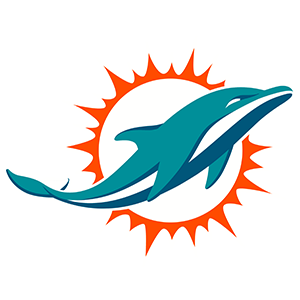 Miami Dolphins Flag
Miami Dolphins Flag Minnesota Vikings Flag
Minnesota Vikings Flag New England Patriots Flag
New England Patriots Flag New Orleans Saints Flag
New Orleans Saints Flag New York Giants Flag
New York Giants Flag New York Jets Flag
New York Jets Flag Philadelphia Eagles Flag
Philadelphia Eagles Flag Pittsburgh Steelers Flag
Pittsburgh Steelers Flag San Francisco 49ers Flag
San Francisco 49ers Flag Seattle Seahawks Flag
Seattle Seahawks Flag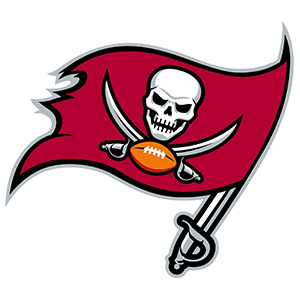 Tampa Bay Buccaneers Flag
Tampa Bay Buccaneers Flag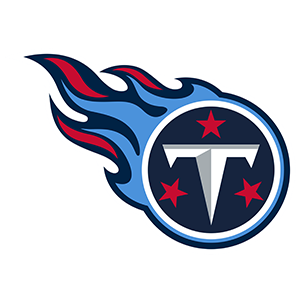 Tennessee Titans Flag
Tennessee Titans Flag Washington Commanders Flag
Washington Commanders Flag Arizona Diamondbacks Flag
Arizona Diamondbacks Flag Atlanta Braves Flag
Atlanta Braves Flag Baltimore Orioles Flag
Baltimore Orioles Flag Boston Red Sox Flag
Boston Red Sox Flag Chicago Cubs Flag
Chicago Cubs Flag Chicago White Sox Flag
Chicago White Sox Flag Cincinnati Reds Flag
Cincinnati Reds Flag Cleveland Guardians Flag
Cleveland Guardians Flag Colorado Rockies Flag
Colorado Rockies Flag Detroit Tigers Flag
Detroit Tigers Flag Houston Astros Flag
Houston Astros Flag Kansas City Royals Flag
Kansas City Royals Flag Los Angeles Angels Flag
Los Angeles Angels Flag Los Angeles Dodgers Flag
Los Angeles Dodgers Flag Miami Marlins Flag
Miami Marlins Flag Milwaukee Brewers Flag
Milwaukee Brewers Flag Minnesota Twins Flag
Minnesota Twins Flag New York Mets Flag
New York Mets Flag New York Yankees Flag
New York Yankees Flag Oakland Athletics Flag
Oakland Athletics Flag Philadelphia Phillies Flag
Philadelphia Phillies Flag Pittsburgh Pirates Flag
Pittsburgh Pirates Flag San Diego Padres Flag
San Diego Padres Flag San Francisco Giants Flag
San Francisco Giants Flag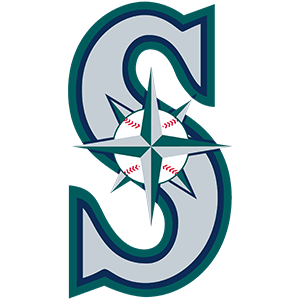 Seattle Mariners Flag
Seattle Mariners Flag St. Louis Cardinals Flag
St. Louis Cardinals Flag Tampa Bay Rays Flag
Tampa Bay Rays Flag Texas Rangers Flag
Texas Rangers Flag Toronto Blue Jays Flag
Toronto Blue Jays Flag Washington Nationals Flag
Washington Nationals Flag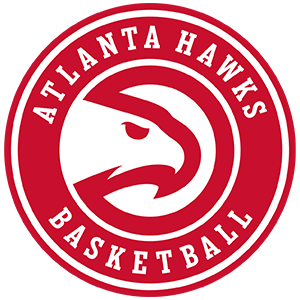 Atlanta Hawks Flag
Atlanta Hawks Flag Boston Celtics Flag
Boston Celtics Flag Brooklyn Nets Flag
Brooklyn Nets Flag Charlotte Hornets Flag
Charlotte Hornets Flag Chicago Bulls Flag
Chicago Bulls Flag Cleveland Cavaliers Flag
Cleveland Cavaliers Flag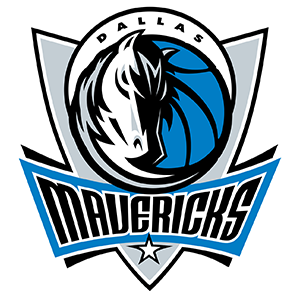 Dallas Mavericks Flag
Dallas Mavericks Flag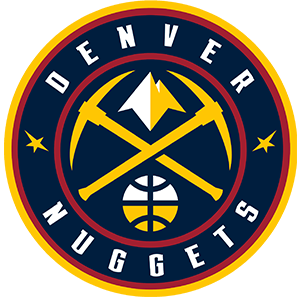 Denver Nuggets Flag
Denver Nuggets Flag Detroit Pistons Flag
Detroit Pistons Flag Golden State Warriors Flag
Golden State Warriors Flag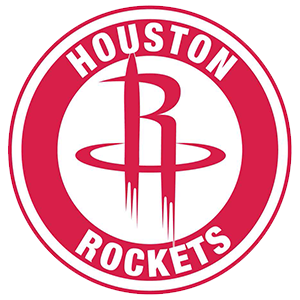 Houston Rockets Flag
Houston Rockets Flag Indiana Pacers Flag
Indiana Pacers Flag LA Clippers Flag
LA Clippers Flag Los Angeles Lakers Flag
Los Angeles Lakers Flag Memphis Grizzlies Flag
Memphis Grizzlies Flag Miami Heat Flag
Miami Heat Flag Milwaukee Bucks Flag
Milwaukee Bucks Flag Minnesota Timberwolves Flag
Minnesota Timberwolves Flag New Orleans Pelicans Flag
New Orleans Pelicans Flag New York Knicks Flag
New York Knicks Flag Oklahoma City Thunder Flag
Oklahoma City Thunder Flag Orlando Magic Flag
Orlando Magic Flag Philadelphia 76ers Flag
Philadelphia 76ers Flag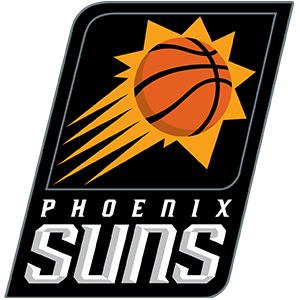 Phoenix Suns Flag
Phoenix Suns Flag Portland Trail Blazers Flag
Portland Trail Blazers Flag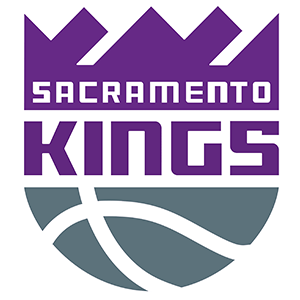 Sacramento Kings Flag
Sacramento Kings Flag San Antonio Spurs Flag
San Antonio Spurs Flag Toronto Raptors Flag
Toronto Raptors Flag Utah Jazz Flag
Utah Jazz Flag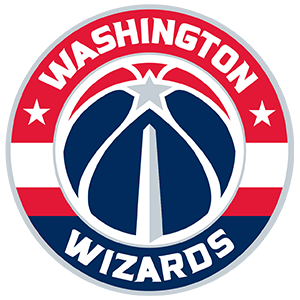 Washington Wizards Flag
Washington Wizards Flag Anaheim Ducks Flag
Anaheim Ducks Flag Arizona Coyotes Flag
Arizona Coyotes Flag Boston Bruins Flag
Boston Bruins Flag Buffalo Sabres Flag
Buffalo Sabres Flag Calgary Flames Flag
Calgary Flames Flag Carolina Hurricanes Flag
Carolina Hurricanes Flag Chicago Blackhawks Flag
Chicago Blackhawks Flag Colorado Avalanche Flag
Colorado Avalanche Flag Columbus Blue Jackets Flag
Columbus Blue Jackets Flag Dallas Stars Flag
Dallas Stars Flag Detroit Red Wings Flag
Detroit Red Wings Flag Edmonton Oilers Flag
Edmonton Oilers Flag Florida Panthers Flag
Florida Panthers Flag Los Angeles Kings Flag
Los Angeles Kings Flag Minnesota Wild Flag
Minnesota Wild Flag Montreal Canadiens Flag
Montreal Canadiens Flag Nashville Predators Flag
Nashville Predators Flag New Jersey Devils Flag
New Jersey Devils Flag New York Islanders Flag
New York Islanders Flag New York Rangers Flag
New York Rangers Flag Ottawa Senators Flag
Ottawa Senators Flag Philadelphia Flyers Flag
Philadelphia Flyers Flag Pittsburgh Penguins Flag
Pittsburgh Penguins Flag San Jose Sharks Flag
San Jose Sharks Flag Seattle Kraken Flag
Seattle Kraken Flag St. Louis Blues Flag
St. Louis Blues Flag Tampa Bay Lightning Flag
Tampa Bay Lightning Flag Toronto Maple Leafs Flag
Toronto Maple Leafs Flag Vancouver Canucks Flag
Vancouver Canucks Flag Vegas Golden Knights Flag
Vegas Golden Knights Flag Washington Capitals Flag
Washington Capitals Flag Winnipeg Jets Flag
Winnipeg Jets Flag Auburn Tigers Flag
Auburn Tigers Flag Clemson Tigers Flag
Clemson Tigers Flag Florida Gators Flag
Florida Gators Flag Florida State Seminoles Flag
Florida State Seminoles Flag Michigan Wolverines Flag
Michigan Wolverines Flag Nebraska Cornhuskers Flag
Nebraska Cornhuskers Flag Notre Dame Fighting Irish Flag
Notre Dame Fighting Irish Flag Ohio State Buckeyes Flag
Ohio State Buckeyes Flag Oklahoma Sooners Flag
Oklahoma Sooners Flag Oregon Ducks Flag
Oregon Ducks Flag Penn State Nittany Lions Flag
Penn State Nittany Lions Flag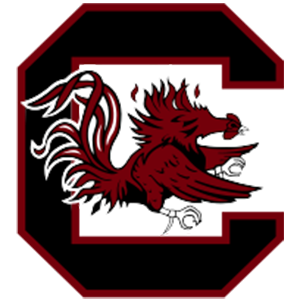 South Carolina Gamecocks Flag
South Carolina Gamecocks Flag Tennessee Volunteers Flag
Tennessee Volunteers Flag Texas A&M Aggies Flag
Texas A&M Aggies Flag Texas Longhorns Flag
Texas Longhorns Flag USC Trojans Flag
USC Trojans Flag